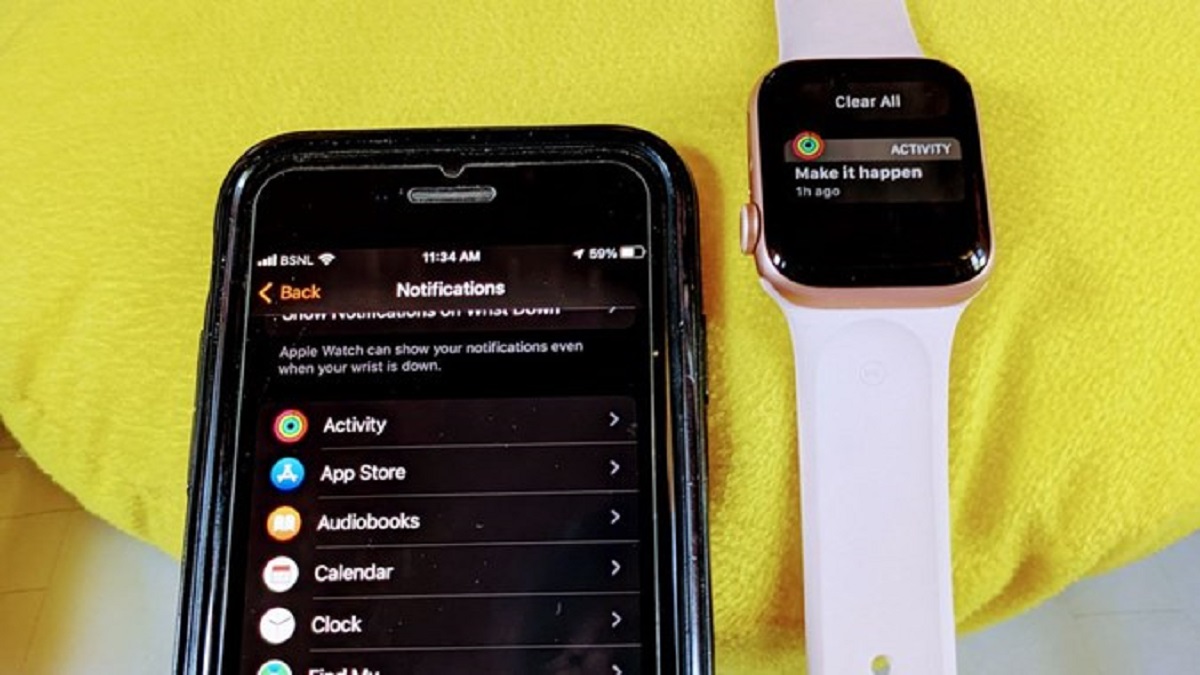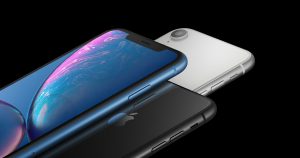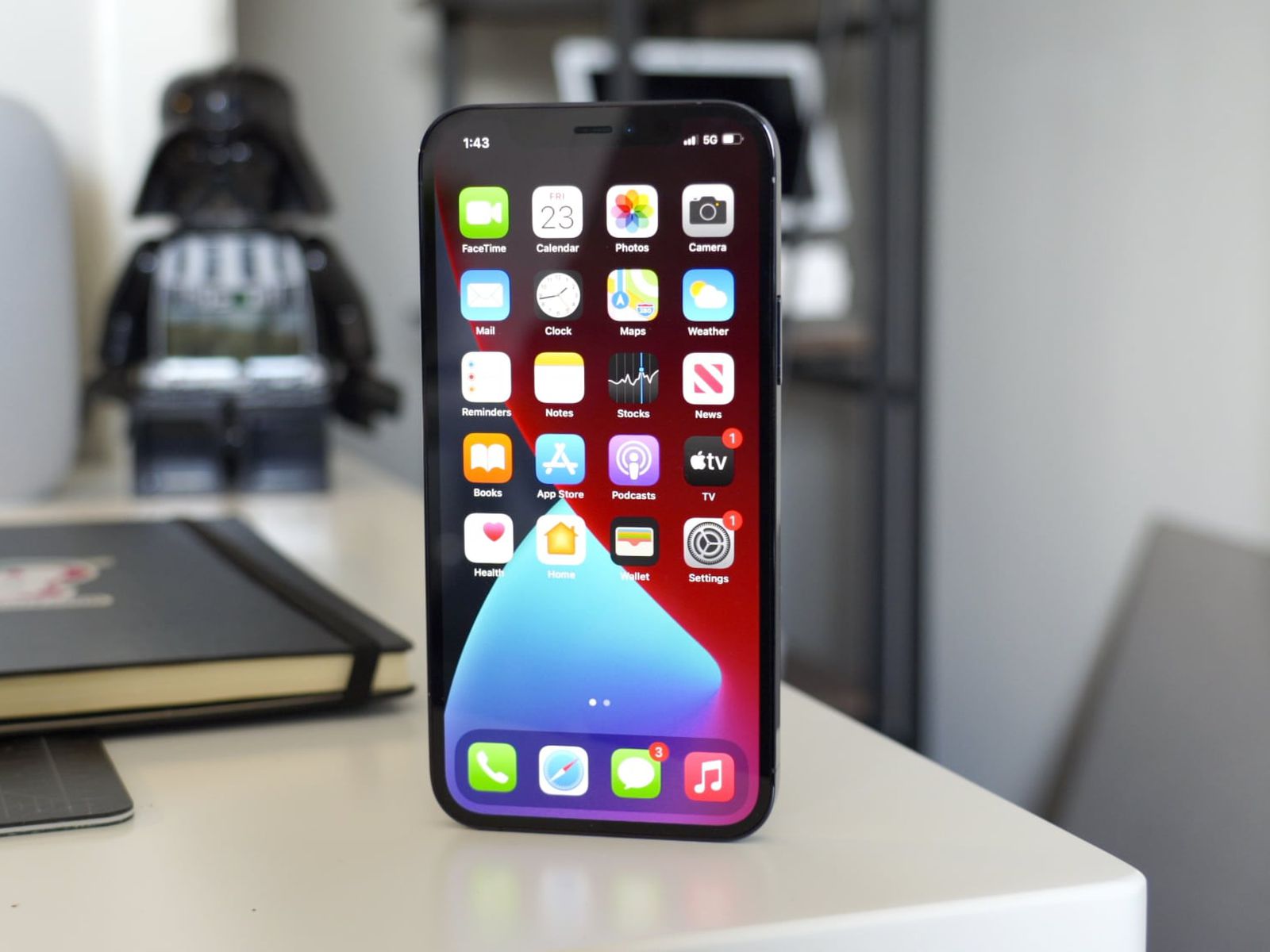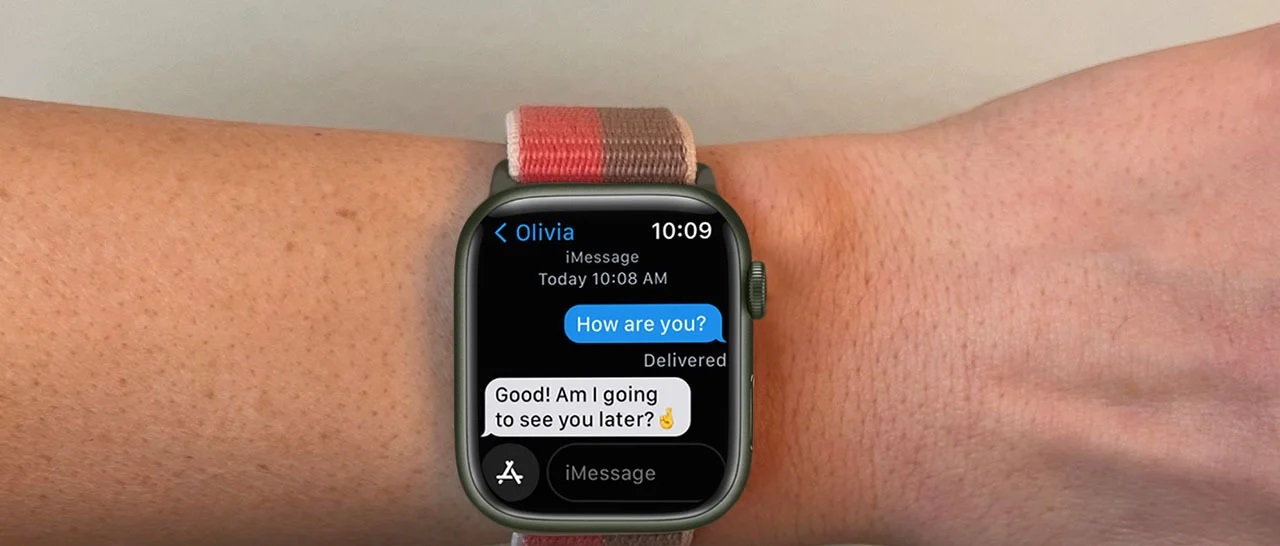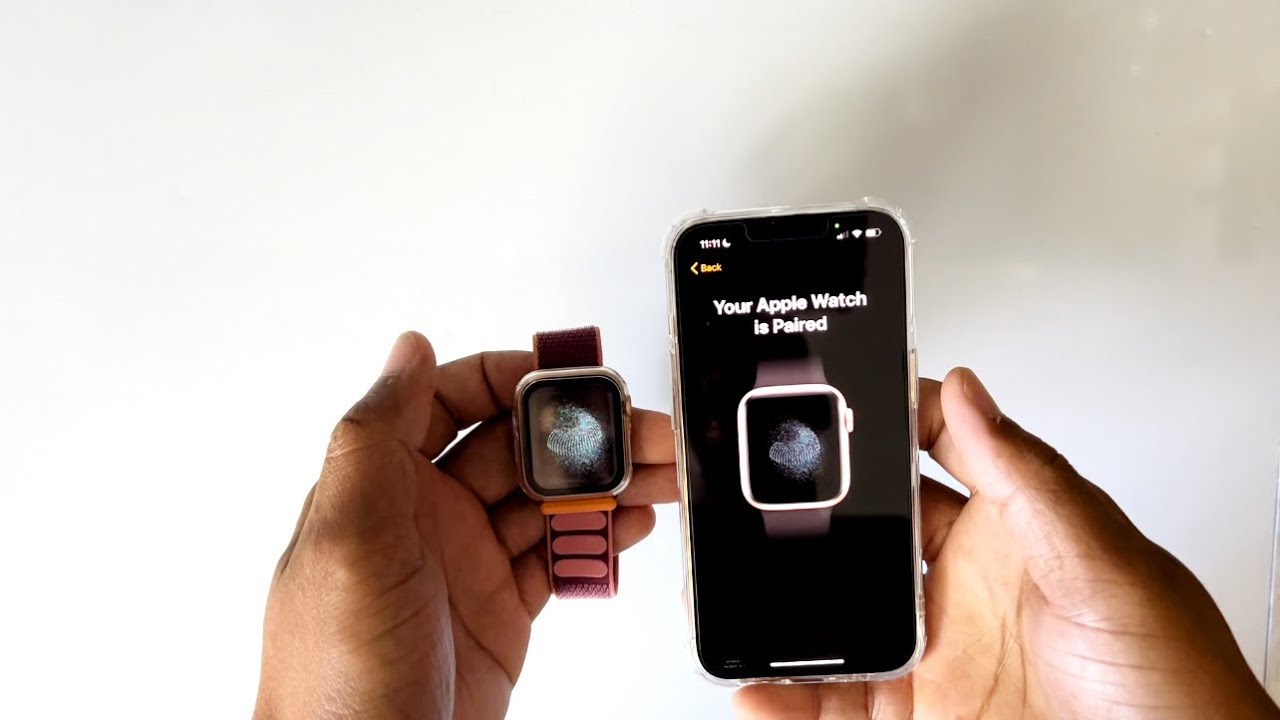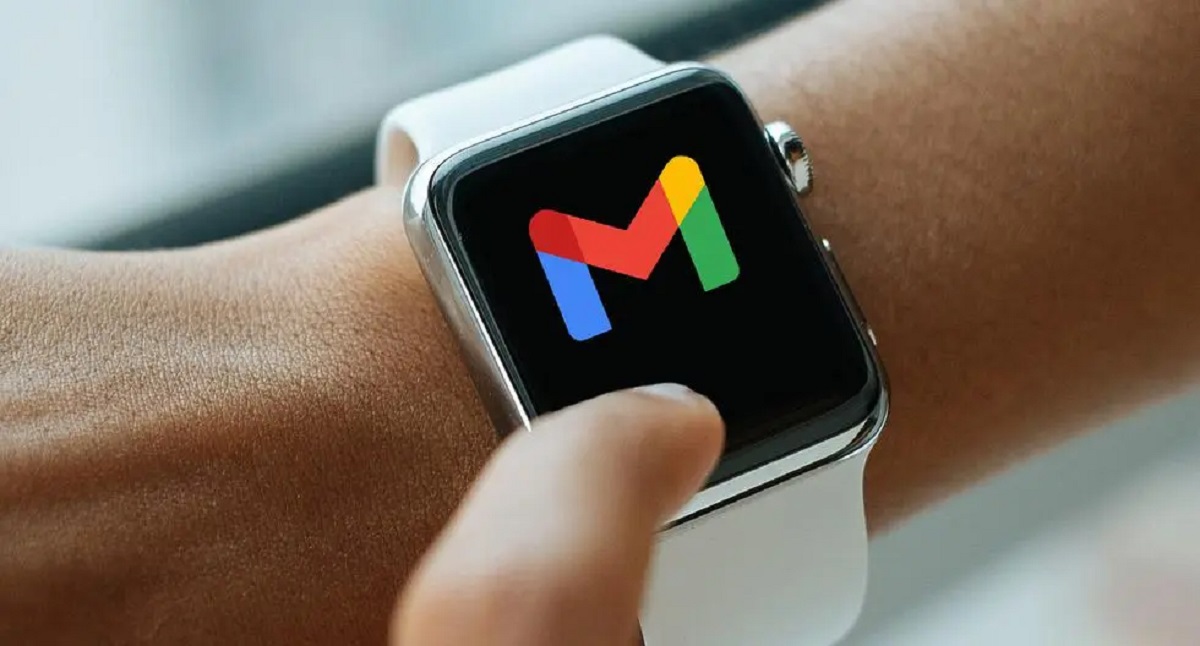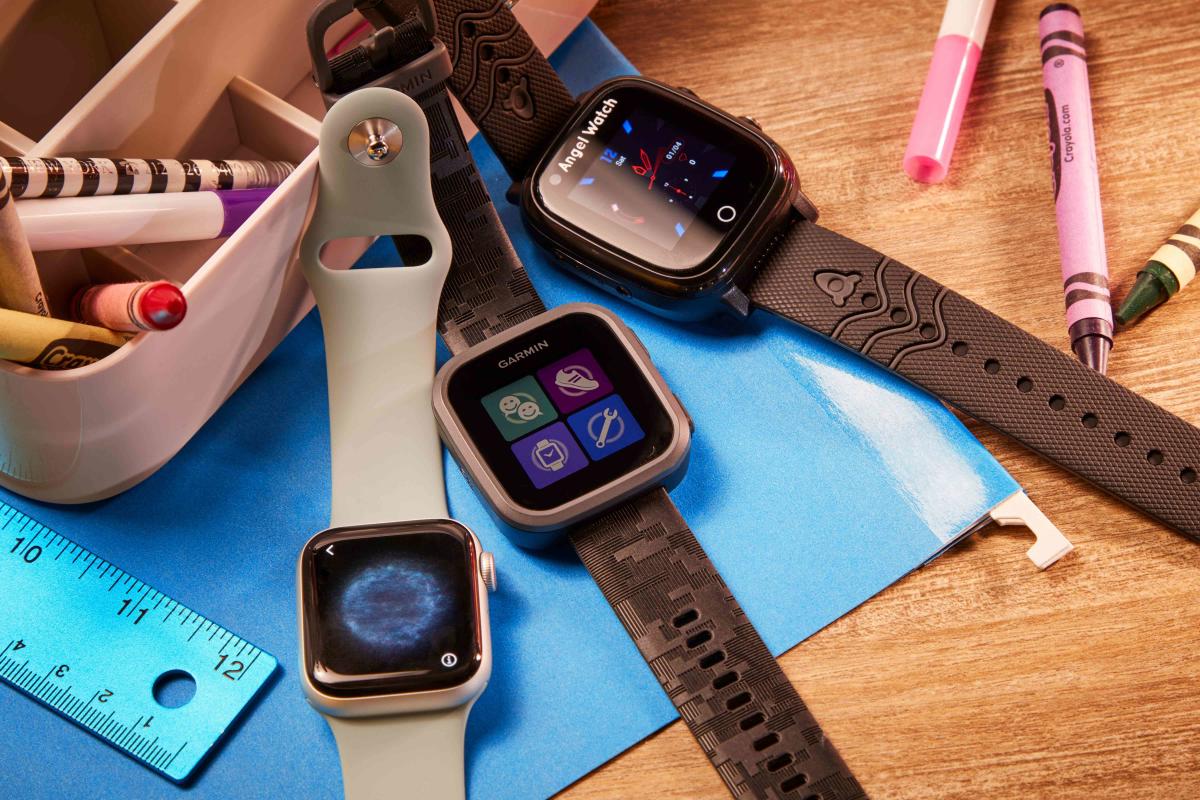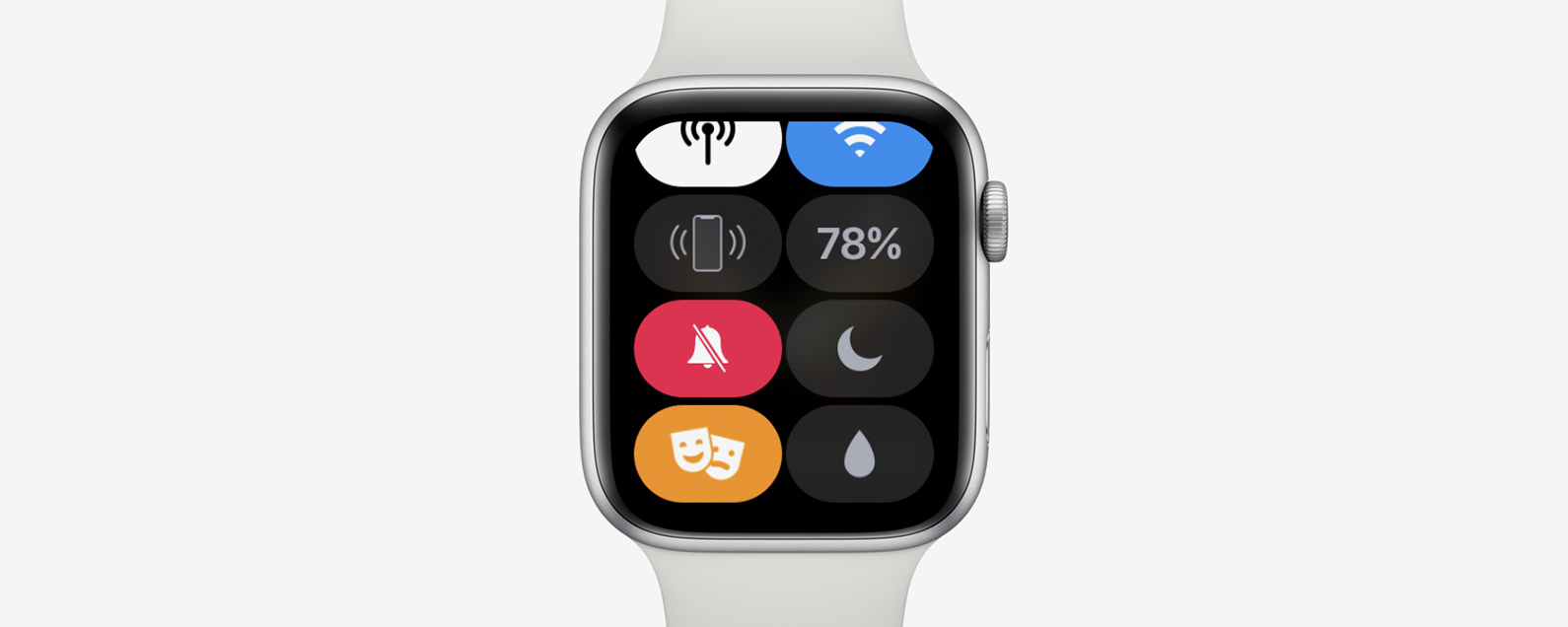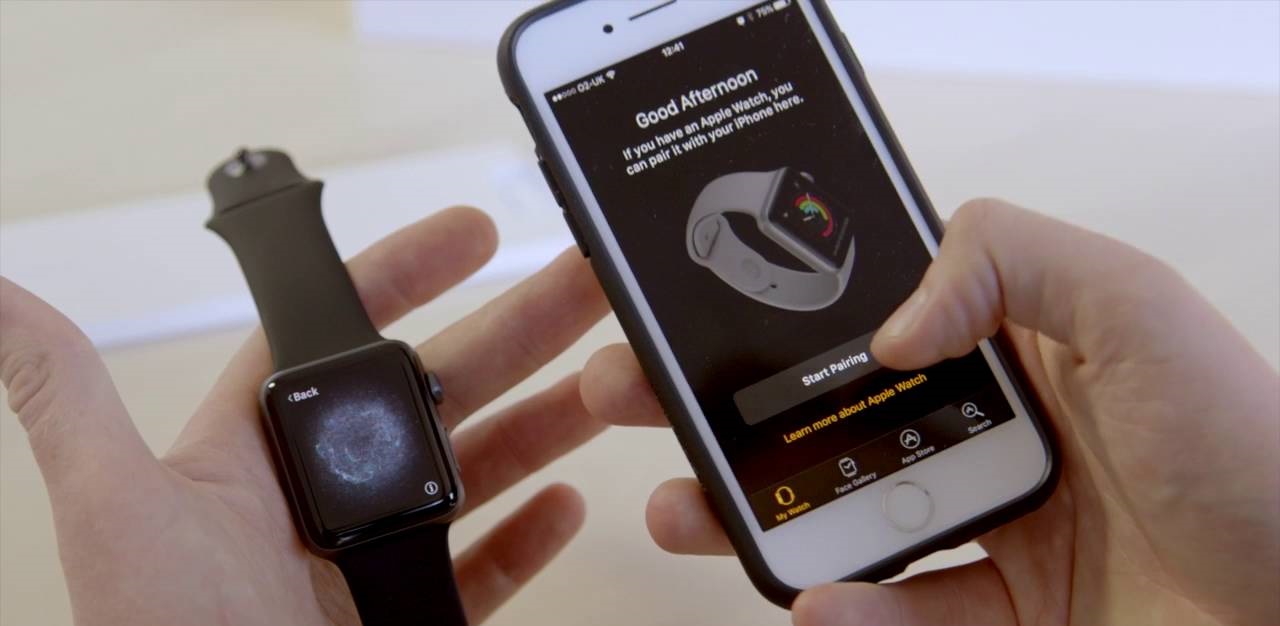Enabling Notifications on iPhone
Notifications keep us updated and informed about various activities on our iPhones. By enabling notifications, we ensure that we never miss important alerts, messages, or app updates. Here’s how you can enable notifications on your iPhone:
1. Unlock your iPhone and go to the “Settings” app on the home screen.
2. Scroll down and tap on the “Notifications” option.
3. On the Notifications screen, you will see a list of all the apps installed on your iPhone. Tap on the app for which you want to enable notifications.
4. On the app’s notification settings, you can set the notification style, select the types of alerts you want to receive, and customize the sound, badges, and banners for the app’s notifications.
5. You can also choose whether to show notifications on the lock screen, in the Notification Center, and as banners or alerts while using other apps.
6. Repeat steps 3-5 for each app you want to enable notifications for.
7. Once you have configured the notification settings for the apps, you can go back to the main Notifications screen and customize other settings such as sorting notifications by time or app, enabling or disabling notification grouping, and managing notification previews.
8. It’s important to note that some apps may have additional notification settings within their own individual apps. Make sure to check those settings if you want to further customize the notifications for a specific app.
By following these steps, you can easily enable notifications for the apps of your choice on your iPhone. Stay on top of your messages, reminders, and updates by receiving notifications directly on your device.
Pairing Apple Watch with iPhone
The Apple Watch offers a seamless integration with the iPhone, allowing you to receive notifications, track your fitness, and access various apps right from your wrist. To enjoy these features, you need to pair your Apple Watch with your iPhone. Here’s how you can do it:
1. Make sure your iPhone and Apple Watch are in close proximity.
2. On your iPhone, open the Apple Watch app, which is pre-installed on iOS devices.
3. Tap on the “Start Pairing” option.
4. A large viewfinder will appear on your iPhone’s screen.
5. Position your Apple Watch within the viewfinder so that it aligns with the outlined shape on your iPhone’s screen.
6. Wait for the prompt that says “Your Apple Watch is paired” to appear on your iPhone screen.
7. Follow the on-screen prompts to set up your Apple Watch, including choosing the language, region, and enabling features like Siri and Find My iPhone.
8. Sign in with your Apple ID on your Apple Watch, or create a new Apple ID if you don’t have one.
9. Agree to the terms and conditions, and wait for your Apple Watch to sync with your iPhone.
10. Once the pairing process is complete, you will be able to access your apps, receive notifications, and enjoy the various features your Apple Watch has to offer.
Pairing your Apple Watch with your iPhone is a straightforward process that ensures a seamless connection between the two devices. With this connection established, you can make the most of your Apple Watch and enjoy its features right from your wrist.
Customizing Notifications on iPhone
Customizing notifications on your iPhone allows you to personalize how you receive alerts, manage your notification settings, and avoid unnecessary interruptions. Here’s how you can customize notifications on your iPhone:
1. Go to the “Settings” app on your iPhone’s home screen.
2. Scroll down and tap on the “Notifications” option.
3. On the Notifications screen, you will see a list of all the apps installed on your iPhone.
4. Tap on the app for which you want to customize the notifications.
5. In the app’s notification settings, you can choose the notification style, such as banners, alerts, or none.
6. You can also enable or disable the sound, badges, and banners for the app’s notifications.
7. Under the “Lock Screen” section, you can decide whether to show notifications on the lock screen, hide them, or only show them when unlocked.
8. In the “Notification Center” section, you can choose to have the app’s notifications appear in the Notification Center either manually or based on your usage.
9. Additionally, you can toggle on or off the “Show in CarPlay” option if you use CarPlay in your vehicle.
10. Repeat steps 4-9 for each app you want to customize the notifications for.
11. You can also customize other notification settings such as sorting notifications by time, enabling or disabling notification grouping, and managing notification previews from the main Notifications screen.
12. Remember that some apps may have additional notification settings within their own individual apps. Make sure to check those settings if you want to further customize the notifications for a specific app.
By customizing the notification settings on your iPhone, you can tailor your device to your preferences, ensuring that you only receive the alerts that matter most to you. Take control of your notifications and optimize your iPhone experience.
Customizing Notifications on Apple Watch
Customizing notifications on your Apple Watch allows you to manage how you receive alerts, control which apps can send notifications to your wrist, and tailor your notification settings to suit your needs. Here’s how you can customize notifications on your Apple Watch:
1. On your Apple Watch, open the “Settings” app from the home screen.
2. Scroll down and tap on the “Notifications” option.
3. Under the “Notifications” settings, you will see a list of apps that are capable of sending notifications to your Apple Watch.
4. Tap on an app to customize its notification settings.
5. In the app’s notification settings, you can choose whether to mirror the iPhone’s notification settings or customize them specifically for your Apple Watch.
6. You can enable or disable alerts, sounds, haptics, and even choose the notification type (such as banners or alerts) for that specific app.
7. Additionally, you can toggle on or off the “Show App on Apple Watch” option to determine if the app’s notifications should appear on your watch.
8. Repeat steps 4-7 for each app you want to customize the notifications for on your Apple Watch.
9. You can also customize the notification settings for built-in apps such as Messages, Mail, Calendar, and more, allowing you to fine-tune the alerts that appear on your wrist.
10. If you want to quickly mute all notifications on your Apple Watch, you can access the Control Center by swiping up from the watch face and tap on the “Bell” icon.
By customizing the notification settings on your Apple Watch, you can control the alerts that appear on your wrist and ensure that you only receive the notifications that are relevant to you. Take advantage of these customization options to personalize your Apple Watch experience.
Syncing Notifications between iPhone and Apple Watch
One of the key benefits of pairing your iPhone with an Apple Watch is the seamless syncing of notifications between the two devices. This ensures that you can stay updated on your wrist without constantly checking your iPhone. Here’s how syncing notifications works between your iPhone and Apple Watch:
1. When your iPhone receives a notification, it automatically syncs with your Apple Watch as long as it is within range.
2. The notification will appear on your Apple Watch with a subtle tap on your wrist and a visual alert on the watch face.
3. If you dismiss the notification on your Apple Watch, it will also be dismissed on your iPhone, and vice versa.
4. If you read a notification on one device, it will be marked as read on the other device as well.
5. Syncing notifications also applies to built-in apps and third-party apps that have notification compatibility with Apple Watch.
6. You can customize which apps send notifications and configure their notification settings on both the iPhone and Apple Watch for a consistent experience.
7. To prevent duplicate notifications, the iPhone and Apple Watch work in tandem to intelligently manage which device displays the notification based on device usage.
8. Additionally, you can control which notifications are mirrored from your iPhone to your Apple Watch by adjusting the settings in the Apple Watch app on your iPhone.
9. If you prefer to receive notifications only on your iPhone without the need for them to be synced to your Apple Watch, you can disable the “Mirror iPhone” option for specific apps.
10. By keeping your devices connected and synced, you can seamlessly receive and manage notifications across both your iPhone and Apple Watch.
The syncing of notifications between your iPhone and Apple Watch enhances your overall user experience by providing real-time updates on your wrist. Stay connected and informed effortlessly with this convenient feature.
Troubleshooting Notification Issues
While notifications on your iPhone and Apple Watch are typically reliable, you may encounter occasional issues where you don’t receive notifications or they don’t work as expected. Here are some troubleshooting steps to help you resolve notification issues:
1. Check your iPhone’s and Apple Watch’s connection: Make sure that both devices are connected and within range of each other. If they are not paired or connected, notifications may not sync properly.
2. Ensure that notifications are enabled: On your iPhone, go to “Settings” > “Notifications” and make sure that both the “Allow Notifications” option is turned on and the specific app’s notification settings are configured properly.
3. Restart your devices: Sometimes, a simple restart can solve notification issues. Start by restarting your Apple Watch and then your iPhone.
4. Check your Do Not Disturb settings: Verify that you haven’t accidentally enabled Do Not Disturb mode on either your iPhone or Apple Watch. This can silence notifications and prevent them from appearing on your devices.
5. Check for software updates: Ensure that your iPhone and Apple Watch are running the latest software versions. Outdated software can cause compatibility issues and impact the functioning of notifications.
6. Reset notification settings: On your iPhone, go to “Settings” > “Notifications” > [App Name] and toggle off “Allow Notifications.” Restart your device and then enable notifications for the app again. This can sometimes refresh notification settings and resolve any underlying issues.
7. Reset network settings: On your iPhone, go to “Settings” > “General” > “Reset” > “Reset Network Settings.” This will reset network-related settings and may help resolve any connectivity issues affecting notifications.
8. Unpair and re-pair your Apple Watch: If other troubleshooting steps haven’t resolved the issue, you can try unpairing your Apple Watch from your iPhone and then pairing them again. This can help refresh the connection and resolve any persistent notification problems.
9. Contact Apple Support: If you’ve tried all the above steps and notifications are still not working correctly, reaching out to Apple Support for further assistance can be helpful.
By following these troubleshooting steps, you can address common notification issues and ensure that you receive notifications reliably on your iPhone and Apple Watch. Stay connected and updated without any interruptions.
Conclusion
Configuring and customizing notifications on both your iPhone and Apple Watch is essential to ensure that you stay informed and connected. By enabling notifications on your iPhone, you can receive timely alerts for various apps and manage them according to your preferences. Pairing your Apple Watch with your iPhone allows for seamless synchronization of notifications, bringing updates and alerts straight to your wrist.
Customizing notifications on both devices gives you the ability to tailor your notification settings to suit your needs. You can choose the notification style, sound, and other preferences for each app, ensuring that you only receive relevant and important alerts. Additionally, syncing notifications between your iPhone and Apple Watch allows for a consistent experience, where dismissing or reading notifications on one device will reflect the same on the other.
If you encounter any notification issues, troubleshooting steps such as checking connections, ensuring notification settings are enabled, restarting devices, and resetting settings can help address the problem. In case these steps don’t resolve the issue, contacting Apple Support may provide further assistance.
Overall, by understanding how to enable, customize, and synchronize notifications between your iPhone and Apple Watch, you can optimize your experience, staying informed and connected with ease. Take advantage of these features to make the most out of your devices and enjoy a seamless notification workflow.







